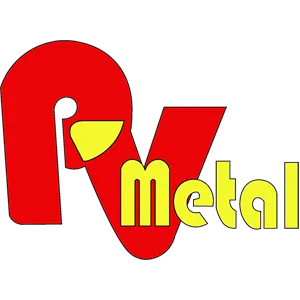In steel structure manufacturing, welding is the backbone of structural integrity. High-quality welding ensures that individual steel components are securely joined, allowing structures to withstand dynamic loads, environmental stresses, and the test of time. Poor welding, on the other hand, can compromise an entire project's safety, leading to catastrophic failures and costly repairs. As manufacturing advances in 2025, the focus on enhanced welding technologies is more critical than ever.
Understanding the difference between good and bad welding is fundamental for maintaining quality standards in steel structure manufacturing. Good welding contributes to the durability, strength, and longevity of steel structures, while bad welding can introduce defects that may not be immediately visible but lead to serious failures over time.
Good welding can be identified through several key visual and structural indicators:
Smooth and even weld bead appearance
Uniform thickness along the weld seam
No visible cracks, holes, or inclusions
Proper penetration into the base metal without excessive buildup or burn-through
(Insert image/diagram of high-quality weld bead here)
A good welding example typically shows a clean, consistent bead with a slight ripple pattern. The width of the bead is uniform, without excessive buildup or undercutting along the edges. There is a metallic shine indicating proper fusion, and no signs of porosity or spatter.
Poor welding introduces several defects that can compromise structural strength:
Porosity (small holes caused by trapped gas)
Cracks (visible or microscopic)
Undercut (groove melted into base metal)
Slag inclusions (foreign materials trapped inside the weld)
Poor fusion (lack of bonding between weld metal and base metal)
(Insert image/diagram of a weld with visible defects here)
A bad weld often looks uneven, with inconsistent bead width and gaps. Holes, cracks, excessive spatter, and rough surfaces are common. There may be visible signs of slag inclusions or incomplete penetration into the base metal, weakening the joint substantially.
Achieving high-quality welding in steel structures requires a combination of proper technique, equipment, and preparation. Key tips include:
Proper Machine Settings: Ensure correct amperage and voltage according to material thickness and electrode type.
Use the Correct Electrode and Filler Material: Match materials to the type of steel and project specifications.
Good Joint Preparation: Clean the base metals thoroughly; remove rust, paint, oil, and debris. Bevel edges if necessary to facilitate full penetration.
Consistent Travel Speed and Angle: Maintain a steady hand and appropriate torch angle to ensure even bead deposition.
Adequate Training and Certification: Only qualified welders should perform critical structural welds to guarantee compliance with industry standards.
Poor welding practices are often due to preventable errors, including:
Rushing the Welding Process: Speeding through welds compromises bead quality and penetration.
Poor Surface Preparation: Welding over dirty, rusty, or painted surfaces leads to weak bonds and contamination.
Wrong Electrode Size or Type: Using incorrect materials for the base metal results in incompatibility and structural weakness.
Improper Heat Settings: Too high or too low amperage/voltage can cause burn-through, undercutting, or cold laps.
Lack of Skill/Training: Inadequate knowledge of techniques and safety procedures results in substandard welds.
As steel structure manufacturing embraces new technologies in 2025, welding quality remains a cornerstone of structural integrity. Innovations in automated welding, AI monitoring, and improved training methodologies are helping manufacturers achieve unprecedented levels of strength and reliability.
Ensuring superior welding practices not only extends the life of steel structures but also protects the investments and lives that depend on them. To maintain excellence, manufacturers must invest in advanced equipment, rigorous quality assurance programs, and continuous welder training. Partnering with industry experts and staying updated on best practices is essential for delivering structures built to last.
✅ SEO Keywords naturally covered:
steel structure manufacturing
good welding vs bad welding
how to weld steel structures properly
At PVE Metal Engineering Pte Ltd, we specialize in providing metal fabrication and CNC precision engineering to a diverse range of clients across various industries.
Posted by PVE Metal Engineering Pte Ltd on 28 Apr 25

 Singapore
Singapore